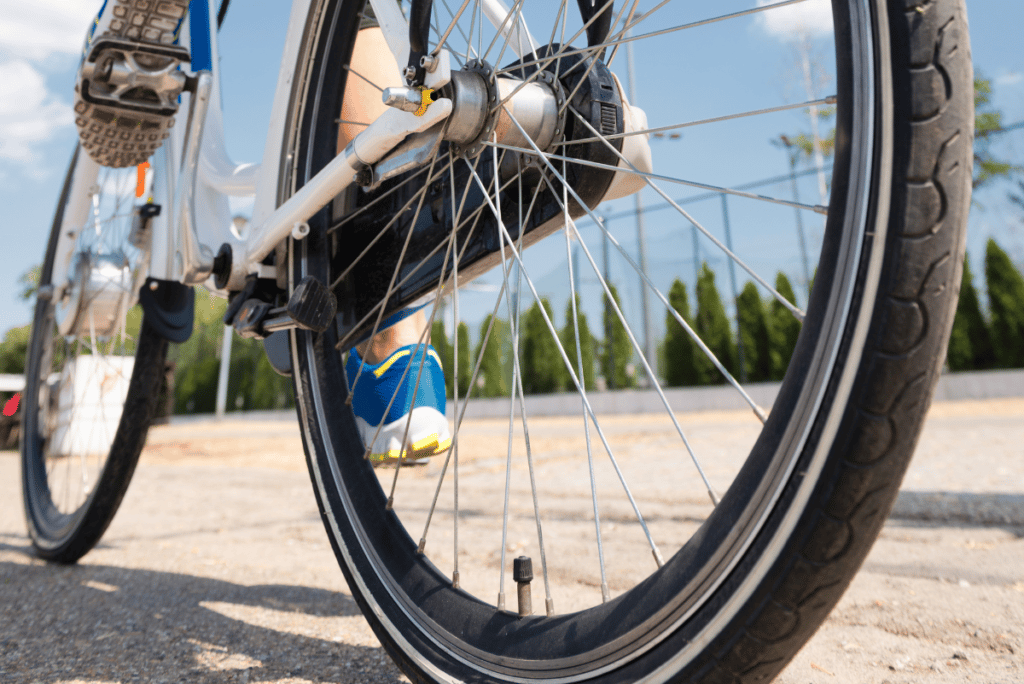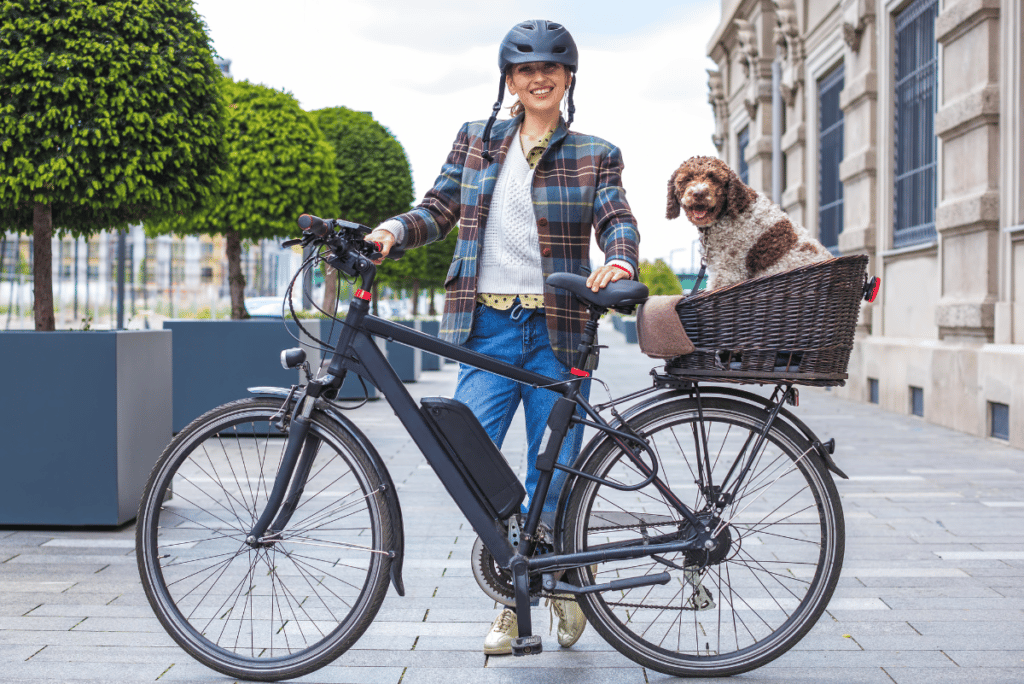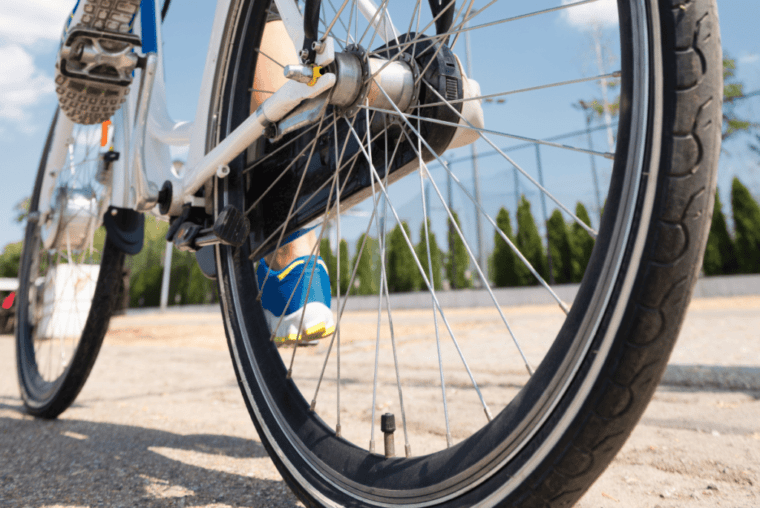Named after Scottish inventor and all-round brainiac James Watt, the ‘Watt’ is an internationally recognised unit of power.
When Mr Watt was tinkering with steam in the mid-1700s he wouldn’t have dreamt that his surname would become the standard rating for all electrical devices around 200 years later. But here we are in the age of electricity, and everything from the humble toaster to the latest electric bike has a watt (or W) rating.
Although this might seem a bit like a school physics lesson, understanding the Watt vis-à-vis electric bikes is a good idea before buying an electric bike. This guide aims to help understand what the Watt rating refers to when it comes to an electric bike before discussing the various levels and their advantages and disadvantages.
What is E-Bike Wattage?
E-bike wattage is the power output of the onboard motor. The rating is the voltage (V) supplied by the battery multiplied by the maximum current (Amps of A) flowing from the battery to the motor. An example: a 36V battery and a 15A controller equates to an e-bike motor with a 540W output.
It’s worth looking at the fine print to discover how manufacturers have calculated their motor output. Not everyone uses the same method to calculate their bike’s rating. Most use what’s known as the maximum continuous output for the motor – an output that the motor can consistently put out without overheating or breaking. Just keep in mind, that one man’s 250W e-bike may well be another’s 500W electric bike.
Also, don’t confuse electric bike motor wattage with e-bike battery ratings. Often you’ll see this referred to as Wh or Watt-hours. Wh is the battery capacity, or to be more specific, how many Watts it can deliver to the motor per hour.
In most cases, electric bike batteries are between 300Wh and 500Wh. As battery technology has progressed, 750Wh batteries are becoming more common. Some electric bikes even have two battery ports to maximise riding range.

More Watts = Better Electric Bike?
The age-old question – is more really better? In the case of watts and electric bike motors, well, it depends. E-bike motors with a high watt output will deliver faster acceleration, more zip when riding up hills, and generally better performance for heavier riders.
But like a high-performance car isn’t usually as efficient as your everyday runabout, it’s the same for electric bikes. A motor with a higher watt rating will drain a battery faster, leaving the rider with less riding range.
How Many Watts is a Good E-Bike?
Generally speaking, a 250W e-bike motor will offer more than enough power for the average cyclist, riding at a leisurely pace on relatively flat terrain. Throw in extra variables, like a heavier rider, a higher required speed and a load of hills and an e-bike motor with higher watts may be better.
Do take in your country’s legal requirements for electric bikes before purchasing too. In the UK, an electric bike or ‘electrically assisted pedal cycles’ (EAPCs) must not produce more than 250W of maximum continuous power. It is the same in the EU. In the USA (there are different rules in different states), this figure rises to 750W.
250W E-Bike
A 250W electric bike motor is one of the most commonly available. It will provide a pleasing push of assistance as you pedal along. They are powerful enough for most bike rides in town and a little further afield. Typically these motors will cut out after reaching speeds of 15-20mph. An electric bike motor with this rating will not provide thrilling speed on hills, however.
500W E-Bike
Move up to a 500W e-bike to experience faster acceleration, more power on the hills and better overall assistance for heavier riders. For those looking to put in less effort when pedalling or those looking to exceed 20mph, then at a minimum, a 500W e-bike motor should do the trick.
750W E-Bike
At 750W, things are heating up. Riding at over 20mph is no longer a problem. Acceleration from a standing start is rapid and climbing up hills is effortless.

1000W E-Bike
At an eye-watering 1000W, electric bike motors are starting to near a boundary with electric motorbikes. Acceleration is eye-watering and hilly rides for heavier riders are no problem. All this extra power does mean that battery juice is drained rapidly, reducing your overall riding range. Returning to the plug socket frequently also means more money handed over to your electricity company!
Highest Wattage E-Bike
Today some electric bike motors are rated at over 1500W. A quick google reveals manufacturers claiming speeds of up to 40mph for motors of this rating. At this level, it’s hard to argue that these are electric bikes anymore.
250W vs 500W vs 750W vs 1000W E-Bike
| 250W | 500W | 750W | 1000W | |
| Top Speed | 15-20mph | 20-25mph | 25-30mph | 30+mph |
| Acceleration | OK | Fast | Faster | Rapid |
| Hill Performance | Acceptable | Decent | Fast | Effortless |
| Cost To Charge | Cheapest | Cheap | Average | Expensive |
E-Bike Torque vs Watts
After all this talk (or should it be torque?) of watts, it would be remiss of us not to discuss another rating sometimes quoted by e-bike motor manufacturers. Torque is a measurement of the force an e-bike motor applies to the rear (in some cases front) wheel. A higher torque figure is important for providing forward momentum on steep terrain or when riding with heavy loads.
Bosch’s Performance Line CX motor, the German brand’s top-end motor can pump out 85Nm of torque. It’s entry-level motor, Active Line has a maximum of 40Nm. Performance Line CX is most often seen on electric mountain bikes where acceleration on very steep, loose terrain is vital. Meanwhile, Active Line is a motor usually reserved for city e-bikes where acceleration is less important.
You’ll also see the word torque in relation to a torque sensor on electric bikes. Essentially this is a system which understands how much power a rider is applying on the pedals before rationing the power of the e-bike motor accordingly. The aim is to deliver a feeling like riding a normal bike.
Best Wattage for an Electric Bike
When all is said and done the best wattage for an electric bike is a personal choice. Some riders would never consider anything other than the maximum Watt rating, whilst others would be more than happy with a 250W motor.
For experienced cyclists, a 250W motor will deliver more than enough oomph. For newer cyclists looking for instantaneous acceleration and rapid hill performance, a higher-wattage motor may well be a better option. Ultimately there’s no substitute for giving electric bikes a test ride before you spend your hard-earned cash!
The post E-Bike Wattage: How Many Watts is a Good Electric Bike? appeared first on Discerning Cyclist.
